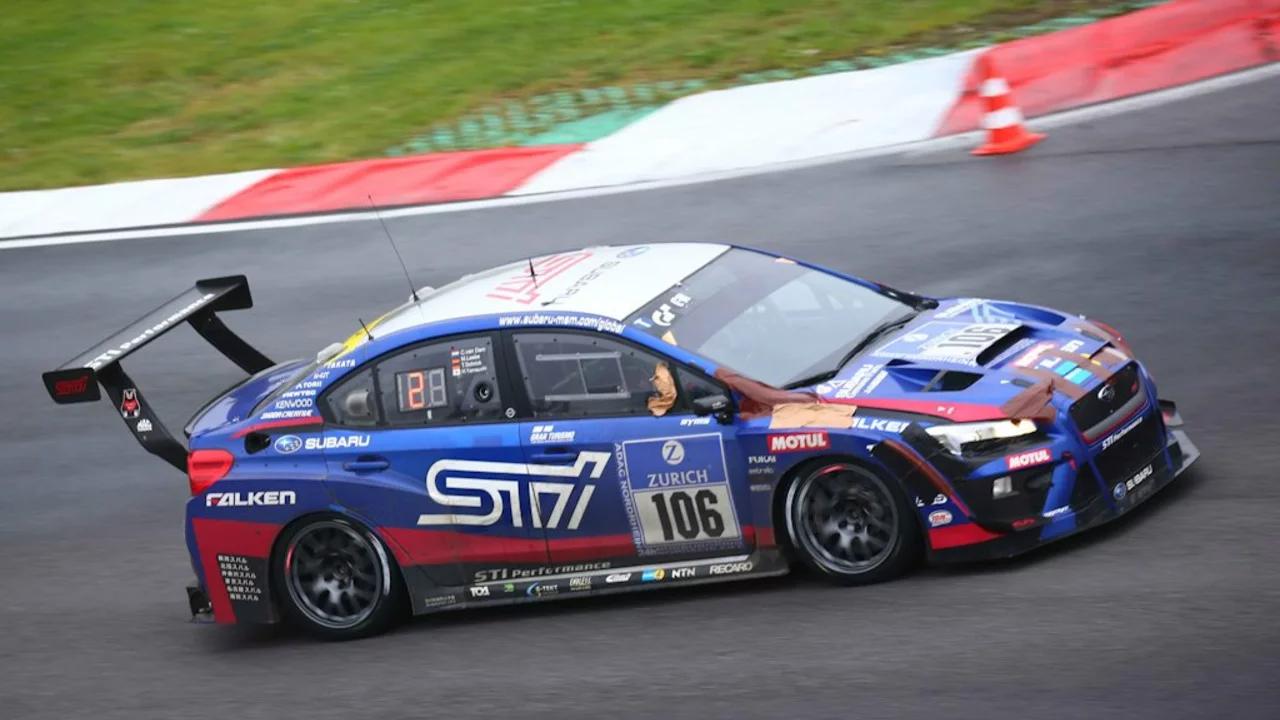Subaru Cars: What Sets Them Apart and Why You Should Check Them Out
If you’ve ever wondered why so many drivers swear by Subaru, you’re not alone. The brand built its reputation on reliable all‑wheel drive (AWD) systems, sturdy engines, and a focus on safety. That mix makes a Subaru feel confident on rainy streets, snowy hills, and winding backroads alike. Below is a quick rundown of what you get when you sit behind the wheel of a Subaru.
Popular Subaru Models to Consider
The lineup isn’t huge, but each model serves a clear purpose. The Impreza is the go‑to compact hatchback for city drivers who still want a touch of adventure. It’s lightweight, easy to park, and the AWD version handles wet pavement without a slip.
For those who need more cargo space, the Outback blends wagon practicality with SUV comfort. Its higher ground clearance and roof rails make it a solid pick for weekend trips to the lake or a mountain hike.
Fans of sporty driving often gravitate to the WRX and BRZ. The WRX keeps the rally heritage alive with a turbocharged flat‑four engine and sharp steering. The BRZ, on the other hand, is rear‑wheel drive, low‑slung, and built for pure fun on twisty roads.If you need a taller vehicle for families, the Forester offers a roomy interior, generous headroom, and a rear‑seat that feels like a second row of seats in a minivan. All these models share the same Symmetrical AWD layout, which distributes power evenly and gives predictable handling.
Buying and Maintaining a Subaru
When you’re ready to buy, start by checking the vehicle’s service history. Subaru engines are known for longevity, but they thrive on regular oil changes—every 5,000 to 7,500 miles is a good rule of thumb. Look for the timing belt or chain interval in the owner’s manual; most newer models use a timing chain that lasts the life of the engine.
Another tip: keep an eye on the brake pads and rotors. Because AWD puts a bit more demand on the drivetrain, brakes can wear faster than on a front‑wheel‑drive car. Replacing them before they get too thin saves you from costly repairs later.
If you live in a region with harsh winters, consider swapping to winter tires. Even though Subaru’s AWD handles snow well, dedicated winter rubber improves grip and shortens stopping distances. Also, make sure the undercarriage is clean after the season; salt can cause rust on the chassis if left unchecked.
Finally, think about what you’ll use the car for. If you mainly drive city streets, a lower‑trim Impreza or Crosstrek will give you good fuel economy and easy maneuverability. If you’re planning off‑road trips, the Outback or Forester with higher ground clearance and roof rails will be more comfortable.
Bottom line: Subaru delivers a blend of safety, capability, and practicality that’s hard to match. Whether you’re after a daily commuter, a family hauler, or a sporty ride, there’s a Subaru that fits the bill. Test drive a few models, compare features, and you’ll see why the brand has such a loyal fan base.
- July 21, 2023
- Comments 0
- Automotive News and Analysis
